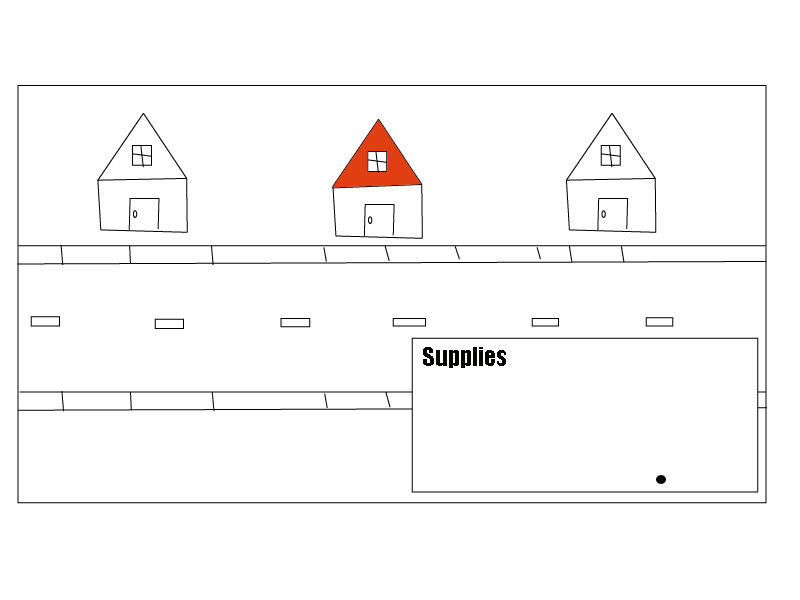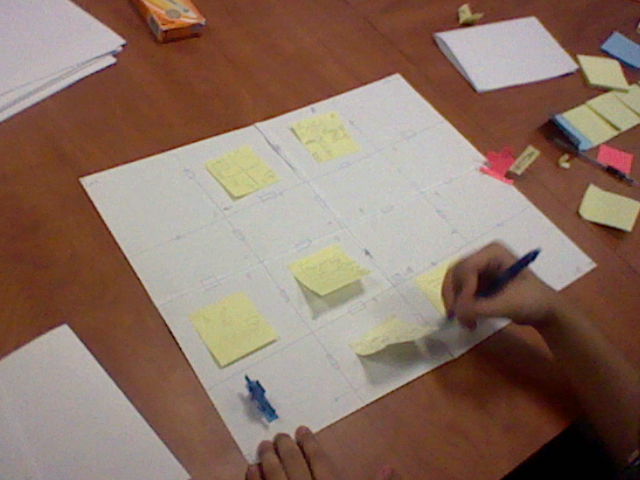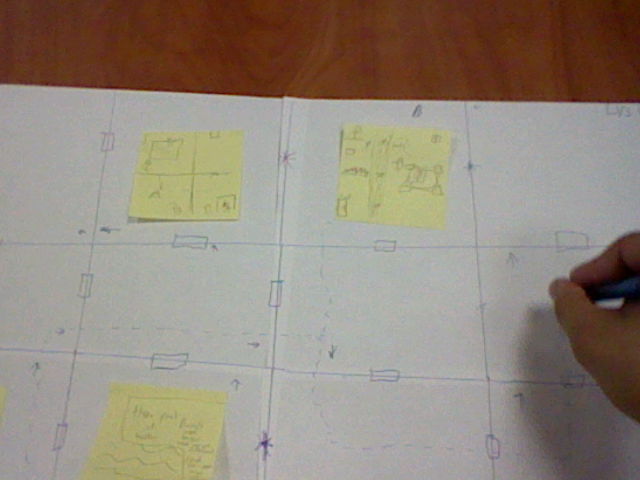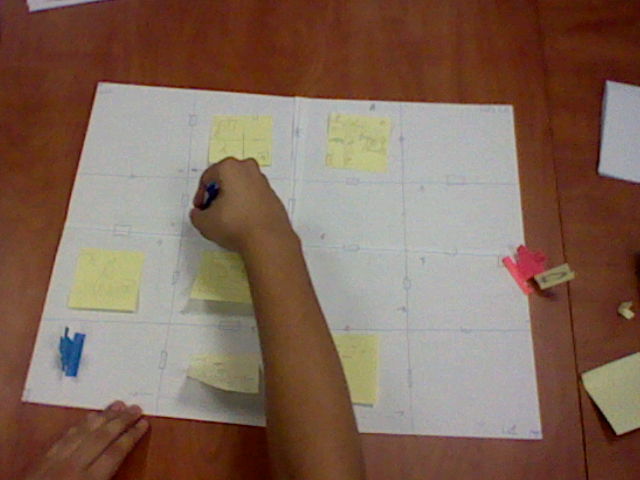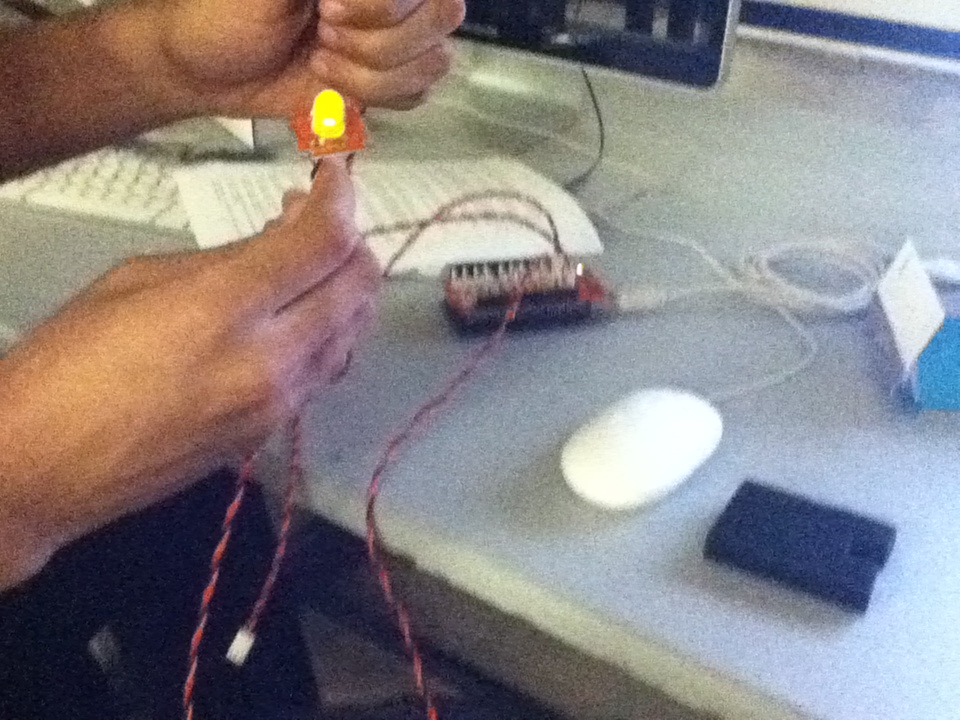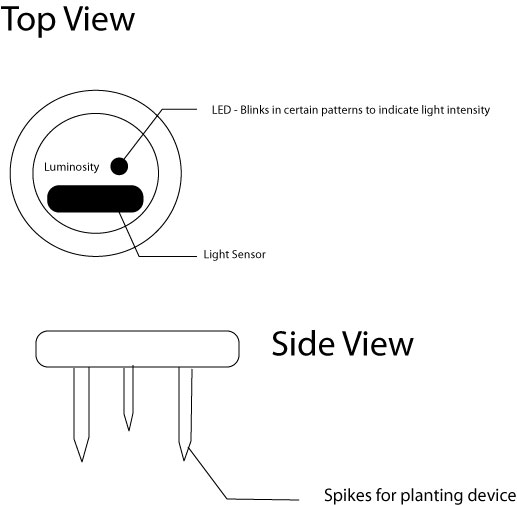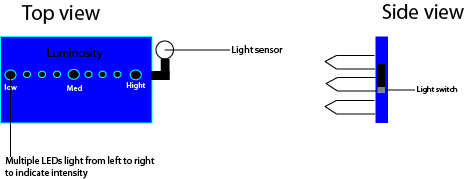Group: Shuffling Vegtables
Members: David Alvarado & Alexis Shuffler
For our project, we decided to make a game called “Deadly Winds”. “Deadly Winds” is a tower-defense like game in which you must protect houses from incoming natural disasters such as rouge waves and high-speed winds while maintaining and defending your homes.
The social aspect of this game was to make light of the Hurricane Sandy disaster and to sort of lessen the blow with something fun. An even more social aspect of this game would’ve been multiplayer in which several people each govern a house within the same level and share resources to survive. This would have been on a computer mostly likely or even a phone maybe. This was a game meant for anyone.
The interface of the game would be a top-down view of an entire neighborhood and the screen would have lists regarding the condition of the houses as well as available resources for the homes. Most of the lists would be located in a rectangular menu located on the bottom right hand side of the screen. This rectangular menu would serve as a drag-and-drop type interface for interacting with the game.
Special materials used for this game would be a Java IDE, any would do and they’re all mostly free. No money was spent during this project, just lots of time. Any graphics that appear in game were all done in Photoshop; this game was mostly done with code.
If this game were to go further, a way we would collect feedback would probably be through forums. We wouldn’t create our own but rather spread it out and collect people’s opinions. Required feedback would probably be something like gameplay mechanics and how we could tweak or fix them. If this project had time to reach its full potential, I think it’d be quite a success.
(Sorry the video came out so crappy)

